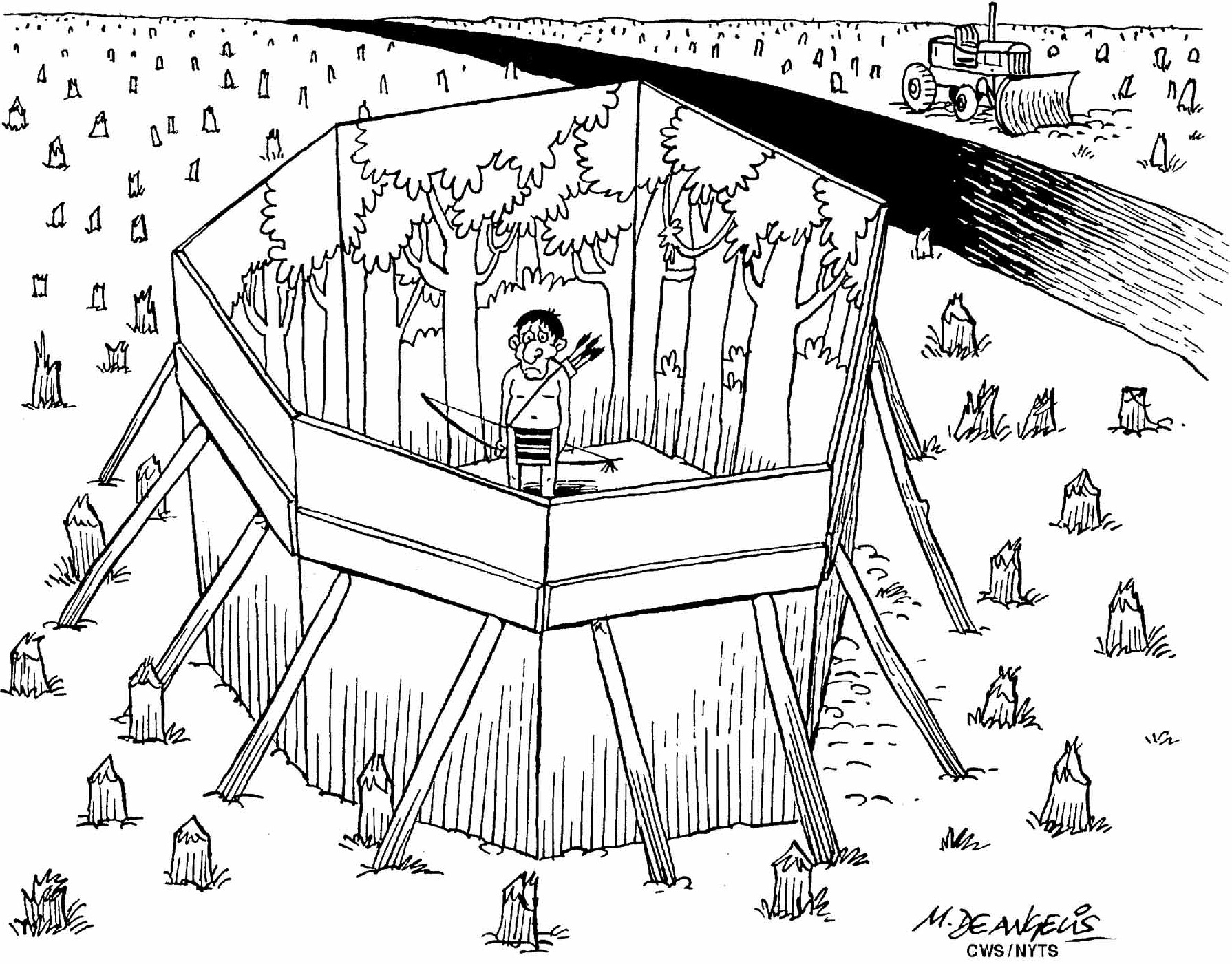Humankind has always had a tricky relationship with forests. We depend on them to regulate the climate and rainfall, clean our air and water, sustain myriad species of plants and animals, and support the livelihoods of over a billion people. Yet we continue to destroy them, to the point that only half the world's original forest cover remains.
The price of deforestation can hardly be overstated. Trees consume large amounts of carbon dioxide as they grow, making them vital tools for absorbing the greenhouse-gas emissions — from cars, factories, power stations and livestock — that result in climate change. If we continue to lose forest cover, the Paris climate agreement's goal of limiting global warming to less than two degrees Celsius (above pre-industrial levels) by 2050 will be impossible to achieve. In fact, to meet that target, we will need to restore a significant amount of forest cover that is already gone.
There are two ways to approach reforestation. The first is to allow agricultural lands to fall into disuse, and then wait for them to revert naturally to forest. This wouldn't cost much, but it would take decades. The second option is more proactive: plant billions of new trees.



















With your current subscription plan you can comment on stories. However, before writing your first comment, please create a display name in the Profile section of your subscriber account page.